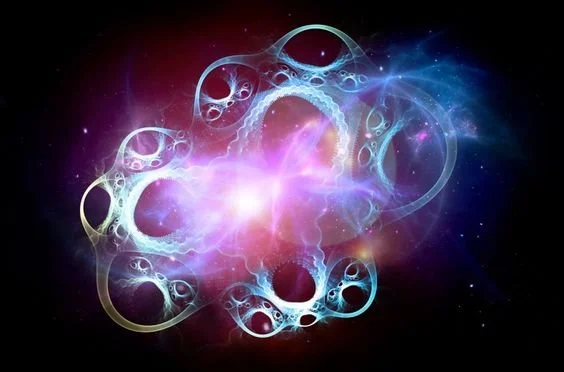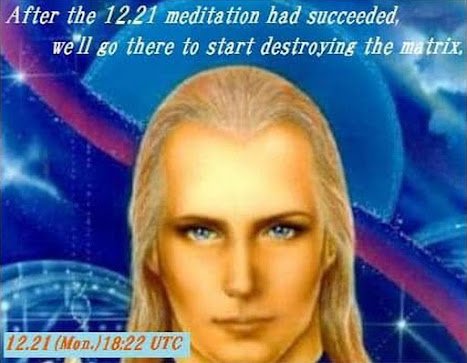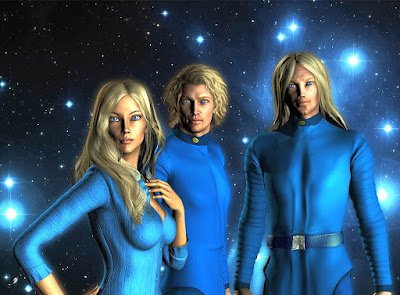“Nothing” doesn’t exist. Instead, there is “quantum foam”
What is nothing? This is a question that has bothered philosophers as far back as the ancient Greeks, where they debated the nature of the void. They had long discussions trying to determine whether nothing is something.
While the philosophical facets of this question pose some interest, the question is also one that the scientific community has addressed. (Big Think’s Dr. Ethan Siegel has an article describing the four definitions of “nothing.”)
It’s nothing, really
What would happen if scientists took a container and removed all the air out of it, creating an ideal vacuum that was entirely devoid of matter? The removal of matter would mean that energy would remain. Much in the same way that the energy from the Sun can cross to the Earth through empty space, heat from outside the container would radiate into the container. Thus, the container wouldn’t be truly empty.
However, what if scientists also cooled the container to the lowest possible temperature (absolute zero), so it radiated no energy at all? Furthermore, suppose that scientists shielded the container so no outside energy or radiation could penetrate it. Then there would be absolutely nothing inside the container, right?
That’s where things become counterintuitive. It turns out that nothing isn’t nothing.
The nature of “nothing”
The laws of quantum mechanics are confusing, predicting that particles are also waves and that cats are simultaneously alive and dead. However, one of the most confusing of all quantum principles is called the Heisenberg Uncertainty Principle, which is commonly explained as saying that you cannot simultaneously perfectly measure the location and movement of a subatomic particle. While that is a good representation of the principle, it also says that you cannot measure the energy of anything perfectly and that the shorter the time you measure, the worse your measurement is. Taken to the extreme, if you try to make a measurement in near-zero time, your measurement will be infinitely imprecise.
These quantum principles have mind-bending consequences for anyone trying to understand the nature of nothing. For example, if you try to measure the amount of energy at a location — even if that energy is supposed to be nothing — you still cannot measure zero precisely. Sometimes, when you make the measurement, the expected zero turns out to be non-zero. And this isn’t just a measurement problem; it’s a feature of reality. For short periods of time, zero is not always zero.
When you combine this bizarre fact (that zero expected energy can be non-zero, if you examine a short enough time period) with Einstein’s famous equation E = mc2, there is an even more bizarre consequence. Einstein’s equation says that energy is matter and vice versa. Combined with quantum theory, this means that in a location that is supposedly entirely empty and devoid of energy, space can briefly fluctuate to non-zero energy — and that temporary energy can make matter (and antimatter) particles.
Quantum foam
Thus, at the tiny quantum level, empty space isn’t empty. It’s actually a vibrant place, with tiny subatomic particles appearing and disappearing in wanton abandon. This appearance and disappearance has some superficial resemblance to the effervescent behavior of the foam on the top of a freshly poured beer, with bubbles appearing and disappearing — hence the term “quantum foam.”
The quantum foam isn’t just theoretical. It is quite real. One demonstration of this is when researchers measure the magnetic properties of subatomic particles like electrons. If the quantum foam isn’t real, electrons should be magnets with a certain strength. However, when measurements are made, it turns out that the magnetic strength of electrons is slightly higher (by about 0.1%). When the effect due to quantum foam is taken into account, theory and measurement agree perfectly — to twelve digits of accuracy.
Another demonstration of the quantum foam comes courtesy of the Casimir Effect, named after Dutch physicist Hendrik Casimir. The effect goes something like this: Take two metal plates and put them very near one another in a perfect vacuum, separated by a tiny fraction of a millimeter. If the quantum foam idea is right, then the vacuum surrounding the plates is filled with an unseen flurry of subatomic particles blinking into and out of existence.
These particles have a range of energies, with the most likely energy being very small, but occasionally higher energies appear. This is where more familiar quantum effects come into play because classical quantum theory says that particles are both particles and waves. And waves have wavelengths.
Outside the tiny gap, all waves can fit without restriction. However, inside the gap, only waves that are shorter than the gap can exist. Long waves simply cannot fit. Thus, outside the gap, there are waves of all wavelengths, while inside the gap there are only short wavelengths. This basically means that there are more kinds of particles outside than inside, and the effect is that there is a net pressure inward. Thus, if the quantum foam is real, the plates will be pushed together.
Scientists made several measurements of the Casimir effect, however it was in 2001 when the effect was conclusively demonstrated using the geometry I have described here. The pressure due to the quantum foam causes the plates to move. The quantum foam is real. Nothing is something after all.



















